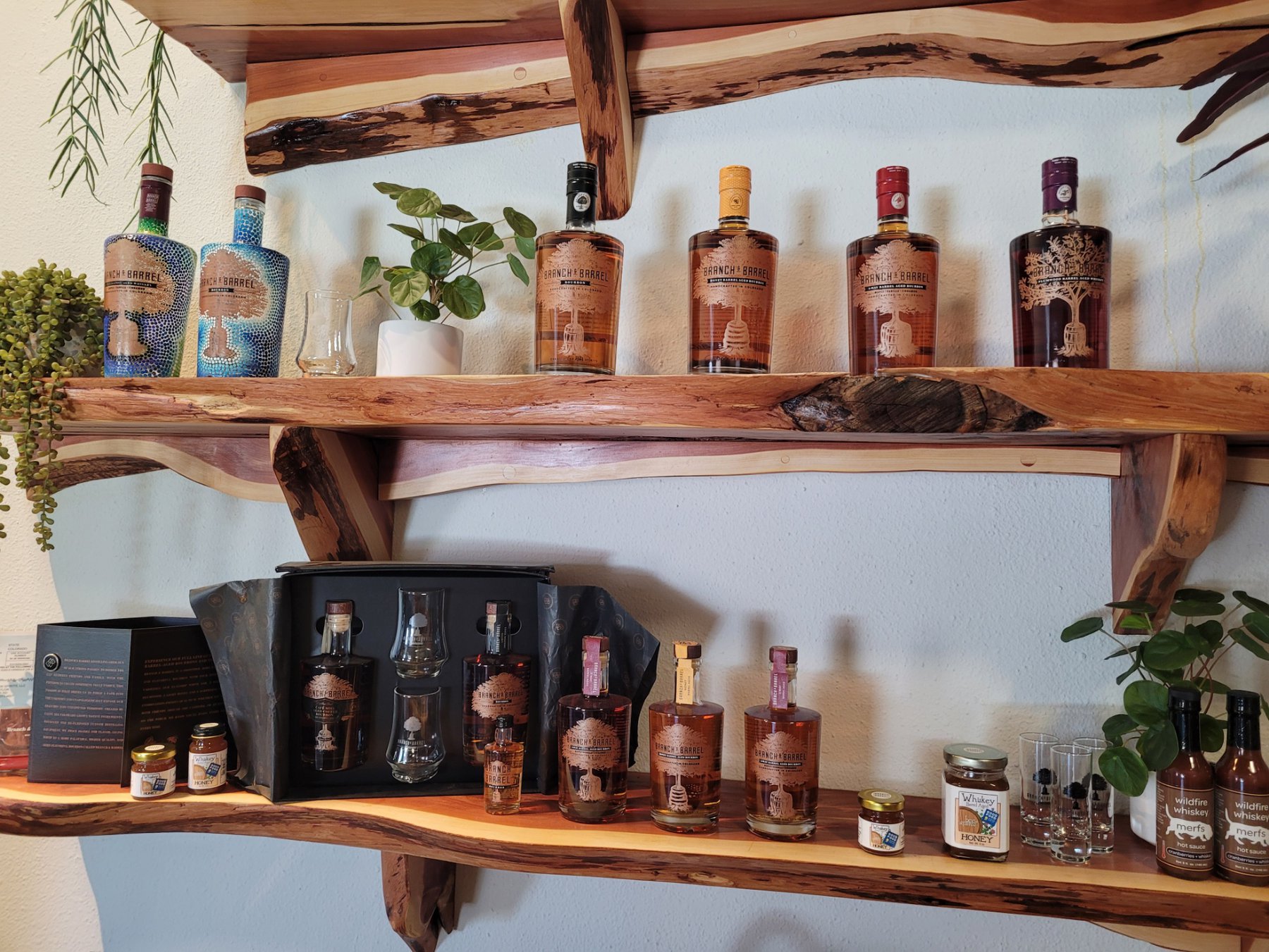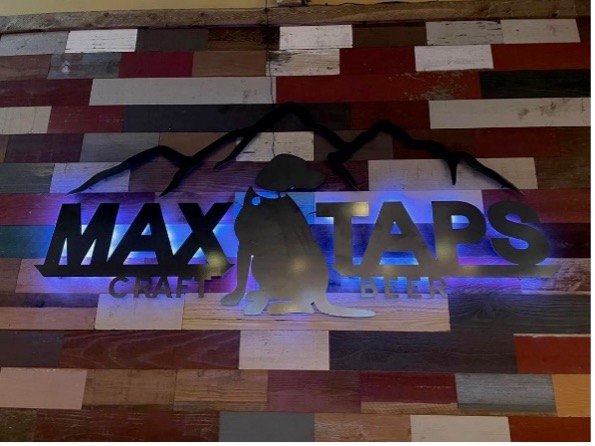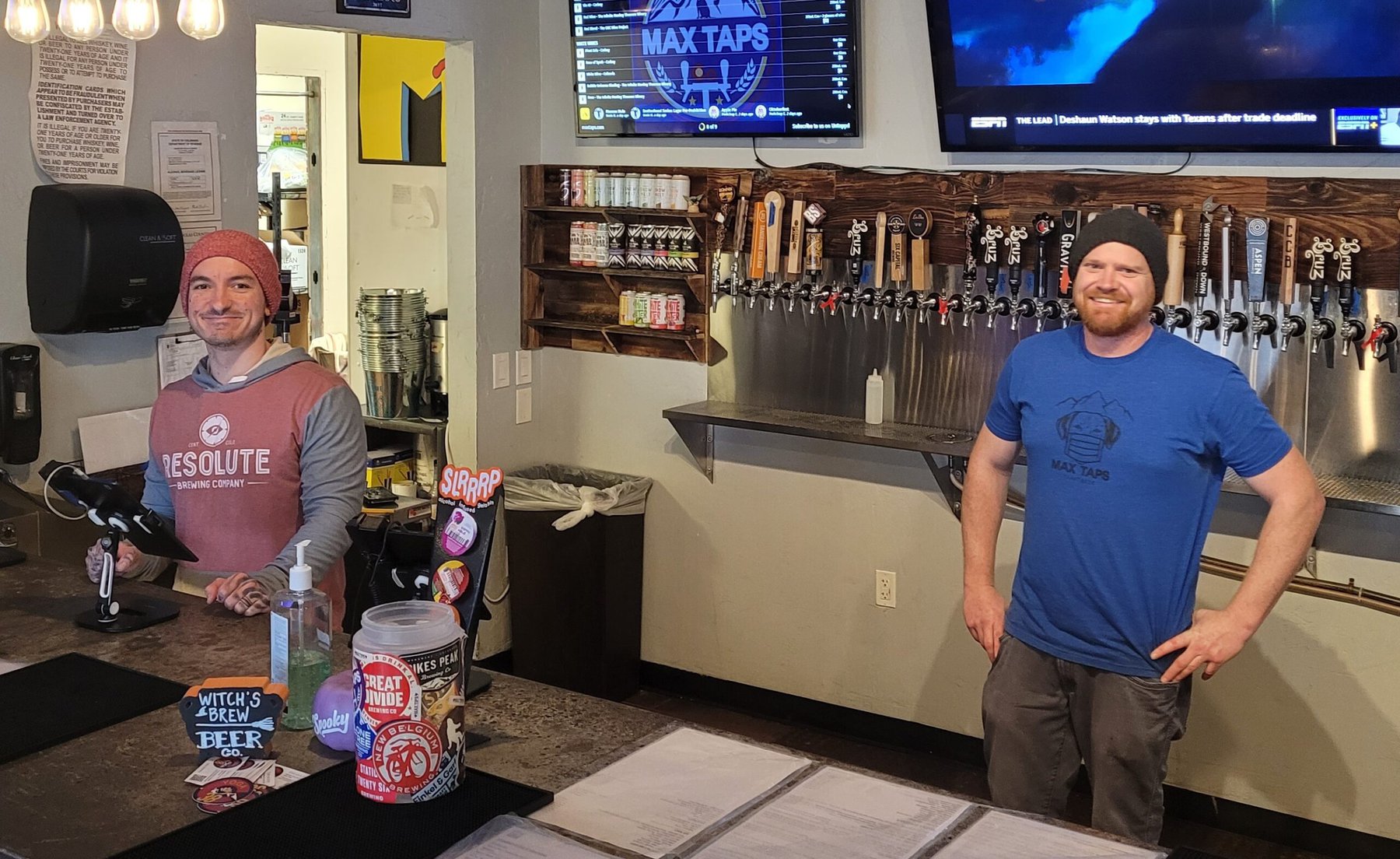Craft breweries and public houses play an important role in the revival and growth potential of towns and cities. They serve as both economic generators and spaces for people to gather and share ideas over a pint or two – broadly and continually explored on the Our Towns website here.
In the final segment of the concluding chapter of their book Our Towns, James Fallows, adding to a list of 10 signs of civic success that he and his wife, Deborah, saw during their travels, writes: “There’s one other marker of a city that is working, perhaps the most reliable gauge. A city on the way back will have at least one craft brewery, maybe more, and probably some small distilleries, too.”
In December 2021, I asserted craft breweries and public houses are critical to the social fabric of discussions and agreements between friends and rivals in developing some of our nation’s founding principles, writing about my firsthand research in Centennial, Colorado here. Perhaps better known now for beer, Colorado is also becoming known for its spirits – in this case the community-based craft distillery Branch & Barrel Distilling.
Branch & Barrel, where my son, Joshua Hunt, is a part of the team, recalls an old American narrative in many ways – the story of a passion to support the craft, the patrons, and the community. The three founders, Ryan Morgan, Scott Freund, and Tom Sielaff, friends for 20 years, brought a new twist to the old narrative: Could they create world-class bourbon and other distilled spirits using recycled and repurposed equipment along with pure Colorado ingredients?
“It all started in 2012 when the three of us wondered what it would take to produce the best whiskeys in Colorado,” Ryan, the CEO of Branch & Barrel, told me.
The trio started with essentially ‘moonshine’ spirits in a hot-water-heater-turned-still. Still lacking barrels for aging, they chopped off and infused tree branches from Tom’s backyard for coloring and flavoring during the early experimenting process.
“It turned out smoother and tastier, and I’m pretty sure you can guess how the name ‘Branch and Barrel’ came into being,” Ryan said of their early days when they were operating out of their own houses and then a small office in an industrial park.
Just three years later, every part of Branch & Barrel’s production, except the barrel-aging process, takes place in their Centennial production plant. The plant hosts a community-oriented bottling and labeling event monthly when local volunteers help bottle and prepare the whiskey for shipment and distribution. The owners provide breakfast and lunch and offer insights on the creation process for those looking to learn. (For those also looking to learn through their tastebuds, they also provide some sampling from an extra bottle or so, as it comes through the line.)

Repurposing, recycling, and rebuilding became keys to the distillery’s approach, as did the exclusive use of Colorado ingredients, including water, grains, and flavoring for the aging process. Reused honey barrels from Bee Squared Apiaries in Berthoud, Colorado provides the taste for their Honey Barrel Aged Bourbon. This luscious amber “nectar of the gods” and their Plumwood Barrel Aged Whiskey are two of the most distinctive distillations available in the state – and I admit I have sampled quite a few.
According to Ryan, all Branch & Barrel’s equipment is either “secondhand, or scratch-built by Scott.” It keeps overhead low, Ryan says, and is a way for them to be an active part of the sustainability movement that saves still-functioning equipment from going into landfills. One of their stills is a former Campbell’s soup maker, and a tin-cap sealer was a former 1930s drill press.

Working to keep their waste low, they ship their spent grains off to Scott’s farm to feed his livestock. It is hard not to find some level of attention to sustainability from start to smooth finish.
But this story is about more than producing 40 barrels of fine distilled spirits each month. Branch & Barrel’s story is also at the heart of supporting a variety of community functions and nonprofits, such as the Morgan Adams Foundation (Children’s Cancer Research), Project Cure (humanitarian assistance to Ukraine and other areas around the globe), and Colorado Outward Bound School (outdoor experiential education).
Lindsey Talfuse, director of the Junior League of Denver, told me, “Donations from Branch & Barrel allow the League to put more money directly back into the community through training, grants, community partnerships, and more. We are so thankful for Branch & Barrel’s commitment to giving, and our organization is lucky to have them in our corner.”
Branch & Barrel and their fellow distillers in the region demonstrate that it’s truly an interdependent community-based economy in which all the players help each other do well. There are at least a dozen small distilleries in the Denver area, and Ryan points out that all of them view their relationships as collegial rather than competitive – something we have heard elsewhere, like this case in Charleston, West Virginia.
Other businesses, and even our politicians, might take a lesson from this robust, community-oriented industry. After all, the patrons of those original public houses I mentioned in the December essay certainly demonstrated some dramatic and creative breakthroughs in building a nation that’s prospered for almost 250 years. And they weren’t just drinking ales, lagers, and stouts then.




